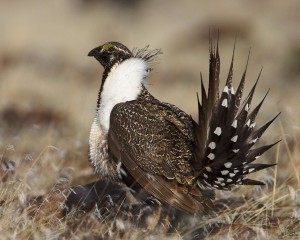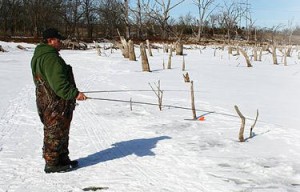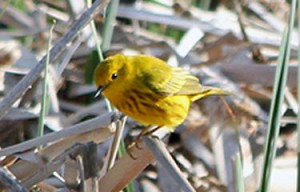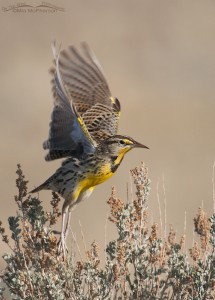Flint Hills Gobblers to host 14th annual spring turkey hunting clinic
Event open to first 250 who register
The Flint Hills Gobblers Chapter of the National Wild Turkey Federation will hold the 14th Annual Spring Turkey Hunting Clinic and Internet-Assisted Hunter Education Class on Saturday, March 28. The event will take place from 8 a.m. to 5 p.m. at Dry Creek Sporting Clays, south of Emporia and is open to anyone interested in learning how to become a better turkey hunter.
Participants 17 years old and younger will receive commemorative t-shirts and JAKES (Juniors Acquiring Knowledge, Ethics and Sportsmanship) memberships. Prizes will also be drawn for youth at the end of the clinic. Lunch will be provided. There is no fee to participate; however, preregistration is required.
Participants will go through several education stations covering various aspects of turkey hunting, including:
Turkey biology and management • turkey hunting equipment and safety • turkey calling and locator calling • scouting and roosting • bowhunting for turkeys • shotgun hunting and safety • trap shooting • and target shooting.
An Internet-Assisted Hunter Education Class will also be taught during the clinic; however it will be limited to 24 students.
For more information or to register for the clinic or Internet-Assisted Hunter Education Class, contact Gib Rhodes at (620) 437-2012.






